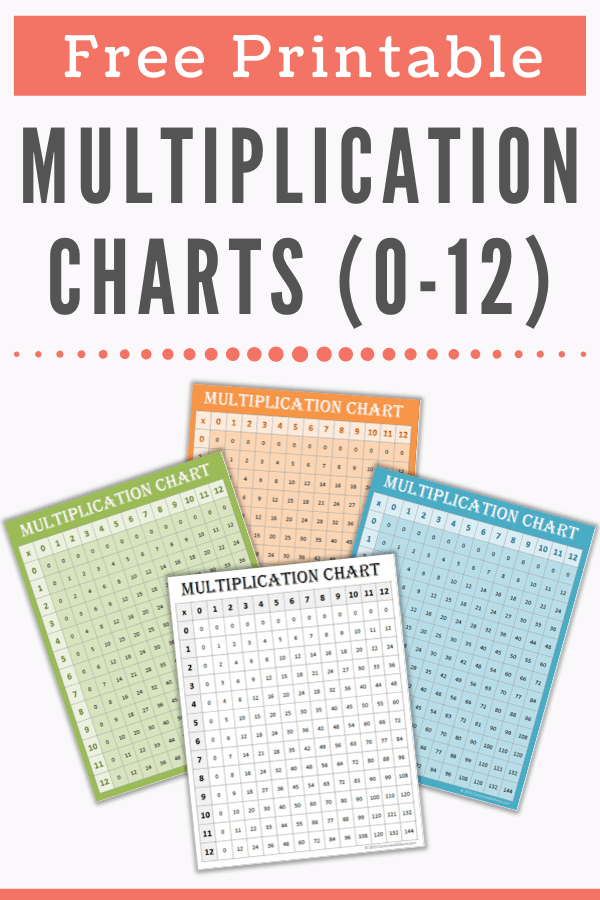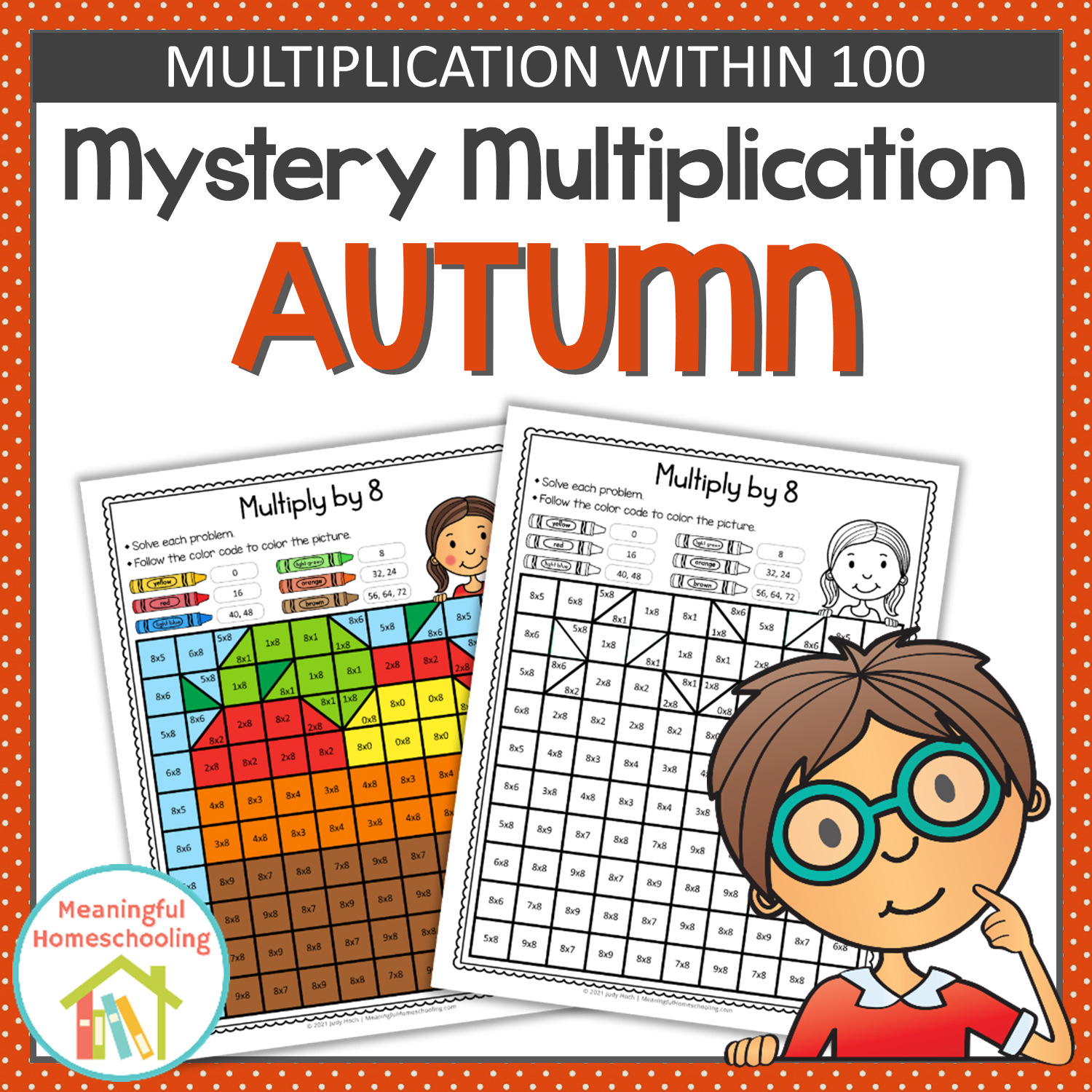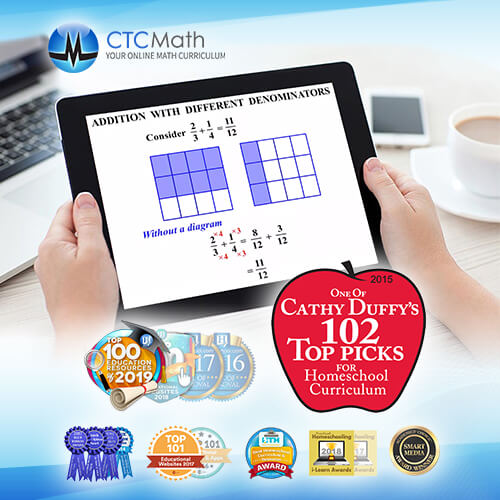How to Teach Times Tables Effectively
Teaching multiplication facts doesn’t have to be overwhelming! Learn how to teach times tables easily and effectively with these simple strategies.
One of my clearest memories from elementary school is my struggle to memorize the multiplication facts. In spite of repeated practice with flash cards, those facts would NOT stick.
Thankfully, I DID finally master the times tables . . . in seventh grade.
So why was it so hard for me? Is it really important to master the times tables? And does rote memorization REALLY work?
This post is sponsored by CTCMath. I was compensated for my time writing this post. See my Disclosure Policy for more information.
Why does learning the times tables seem hard?
Multiplication is a pivotal point in elementary math when students move from simple, concrete operations to more abstract math problems.
Until this point, they could count on their fingers or count actual objects (such as crayons or counting bears) to help them add or subtract.
Now, though, they have to learn to figure out math problems in their head. After all, it’s not very practical to figure out the product of 9 x 9 with fingers or objects, right?
This switch to mental math instead of concrete math can be challenging, but it is an important step toward being able to solve more complex problems.
Did you know? CTCMath has a fun online times table game to help make fact practice fun!
Is it really important to master the times tables?
Learning the times tables is one of the most important skills that elementary students need to master. Without mastery of basic multiplication facts, kids will struggle with larger problems or more abstract math concepts.
Why? Much like a computer, the human brain has a limited amount of working memory (think RAM here).
When too much of the working memory is being used for basic math calculations, there is very little mental space left for completing multi-step procedures like reducing fractions or working long division problem.
True fact mastery includes rapid recall of each fact in the times tables (typically within 3 seconds or less), allowing students to free up space in the brains to understand and apply more advanced math concepts.
💡TIP: Use these multiplication coloring worksheets to make fact practice fun!
Does rote memorization REALLY work?
Many people assume that mastering multiplication facts requires rote memorization (flashback to the not-so-beloved flash cards of my childhood).
Here’s the thing, though: Rote memorization is probably the least effective way to develop mastery of the times tables.
Practice and drill undoubtedly have their place in fact mastery, but if you start the learning process there, it’s going to be a lot more tedious and stressful than it needs to be.
Research has shown that kids are much more likely to retain information (like the elusive multiplication facts) if they are meaningfully engaged while learning it. Learning multiplication facts in a real-life context will usually be a much more effective starting point than flash cards.
How to Teach the Times Tables Effectively
1. Relate multiplication to addition.
When it comes to teaching the times tables, it is so important to keep first things first. Don’t try to start with memorizing the facts. Keep those flash cards out of sight for now!
Since multiplication is fundamentally repeated addition, help kids to see that relationship. Demonstrate how 3 x 2 is the same as 2 + 2 + 2.
Don’t just use words. Help your child to SEE it. Draw a picture, pull out the math manipulatives, or form arrays to demonstrate the repeated addition.
Remember to also relate the problems to real life if you can. For example, you might say, “I want to give you, your brother, and your sister each 2 pieces of candy. How many pieces is that?”
Kids will quickly see the connection between 2 pieces of candy for each sibling and the multiplication problem 3 x 2.
Don’t miss this! CTCMath has a free online math tutorial that introduces multiplication as repeated addition.
2. Use multiplication charts.
Multiplication charts are a very adaptable tool for helping kids see the patterns in multiplication. Teach your child how to use the chart to find products by following the rows and columns of the factors.
Encourage your child to find some of the patterns in the chart. Offer clues or hints as needed. For example, you might guide him or her to see that every multiple of 10 ends in 0, or that every multiple of 5 ends in 0 or 5.
The goal is to help kids understand that multiplication is not a random operation. Instead, it follows predictable patterns that they can learn and remember.
Don’t have a multiplication chart? We have free printable multiplication charts in several colors.
3. Explain multiplying by 0 and 1.
Explain to your child that when any number is multiplied by 0, the answer is always 0. (This is called the zero-product property of multiplication.)
Encourage him or her to find examples of this property around them. For example, if there are 4 chairs at the table, and there are 0 people sitting in each chair, then there are 0 people at the table. Repeat with as many variations as they can think of.
Next, explain that when any number is multiplied by 1, the answer will be the same as the original number. (This is the identity property of multiplication.)
Again, use simple demonstrations to show how this property works. For example, if there are 3 plates on the table, and each plate has 1 cookie on it, then there are 3 cookies. (Tip: Real cookies will make this lesson enjoyable for everyone!)
4. Teach the easiest times tables first.
It might seem natural to introduce the times tables in order, but there are many advantages to teaching the easiest times tables first. The 2, 5, and 10 tables are generally considered the easiest.
Multiplying by 2
Children usually grasp multiplication by 2 very quickly because they already know how to double numbers in addition. For example, 6 x 2 is the same as 6 + 6, which they’ve already learned.
When you introduce multiplying by 2, you can also point out the pattern of one number moving up by 1, and the other moving up in multiples (in this case, by 2s).
Multiplying by 5
Multiplying by 5 is pretty easy to master because every product ends with 5 or 0. Most kids have also learned to skip count by 5s in the earlier grades. (We practice counting nickels to learn to skip count by 5s.)
The 5 times table may be even easier to master after kids have learned how to multiply by 10.
Multiplying by 10
As with the 5s table, many kids will have already learned to count by 10s. Encourage them to skip count to find the answer.
You can also teach your child to multiply by 10 simply by adding a 0 to the original number. For example, 2 x 10 = 10, 3 x 10 = 30, and so on.
Be sure to point out the pattern of products ending in 0 in the 10s column of the multiplication chart, too.
5. Explain the commutative property.
The commutative property states that the order of the factors in a multiplication problem does not change the product. Explain to your child that 3 x 4 is the same as 4 x 3, and that if they know one of those facts, they also know the other.
This is exciting news because it means that there are really only half as many multiplication facts to memorize! Once they have memorized the 2, 5, and 10 tables, they already know 3 facts out of each of the other tables.
6. Build memory hooks.
As you introduce new facts, discuss any correlations that you find to numbers that are meaningful to your child in real life.
For example, when you teach that 2 x 3 = 6, you might point out that there are 6 people in your family. Or when you introduce 9 x 8, you could mention that the product is the same as Grandpa’s age.
These correlation help to form “memory hooks,” which are basically simple triggers that help your child’s brain retrieve memories that are stored away.
7. Practice the times tables consistently.
After you’ve built a solid foundation, it’s time to practice. You can even bring out those flash cards, if you like.
The most important thing to remember is that practice and drilling come AFTER students understand the patterns in multiplication and know the mental strategies they can use to recall answers.
Consistent practice builds recall speed, which is key for moving on into more complex math in upcoming grades.
Need a fun way to practice the times tables? Your child will love these multiplication mystery pictures!
Need Help Teaching Math?
You don’t have to do it alone! Sign up for a CTC Math Homeschool Family membership today and get 1/2 off.
Want to try it out first? Get a free trial here.








